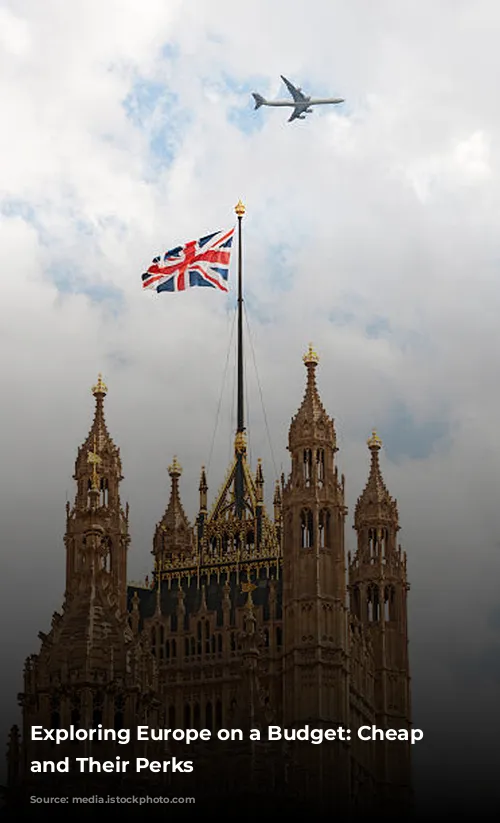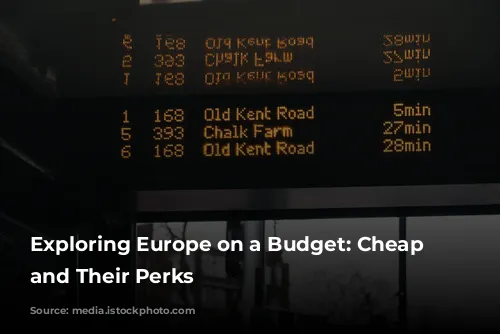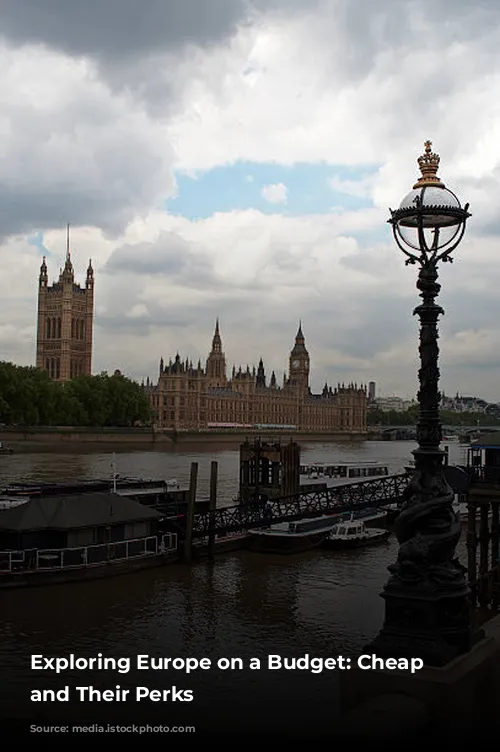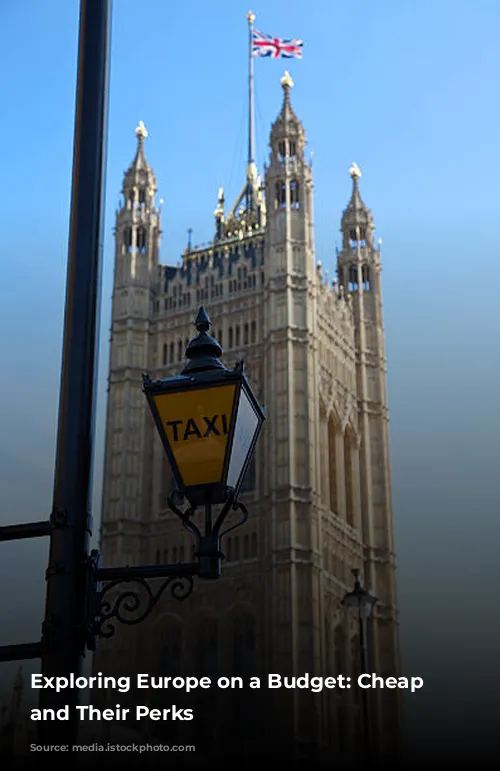The ability to find incredibly affordable flights in Europe has revolutionized the way people plan their trips. You can easily hop around the continent for less than $250 per flight, and often even less, especially if you pack light. Before purchasing a long-distance train or bus ticket, it’s a good idea to check the cost of flying— you might be pleasantly surprised!
However, the convenience of these budget flights comes with a significant environmental downside. Trains are often the more eco-friendly option, especially when considering their impact on the planet.
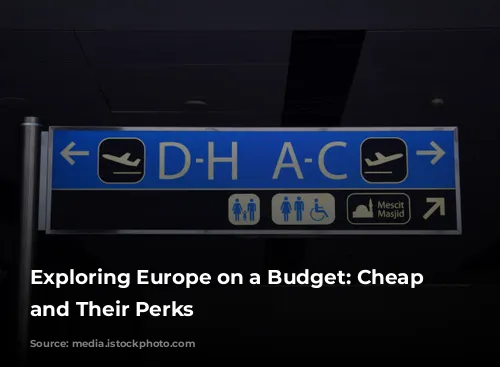
The Rise of Budget Airlines
The European airline industry experienced a major shift in the 1990s after regulations were loosened. This spurred the rise of several budget airlines, each offering no-frills flights at unbelievably low prices. Some established airlines, like EasyJet and Ryanair, now boast expansive route maps that rival their more traditional counterparts. Meanwhile, dozens of smaller, more specialized airlines operate with more limited flight plans.
These budget carriers typically offer flights between major European cities for $50–250. You can also find affordable flights on major airlines, which often provide a more relaxed and less restrictive experience. With a little luck, you might even stumble upon truly incredible deals – for example, Ryanair frequently offers flights from London to dozens of European cities for less than $30! Even after adding taxes and a few unavoidable fees (for baggage and seat selection), these flights often remain a great value.
To secure the lowest fares, it’s best to book well in advance. The cheapest seats tend to sell out quickly, except during occasional surprise sales. Remember, it’s significantly cheaper to pay baggage fees (which will always be a part of the equation) when booking your ticket. Don’t wait until you reach the airport!

Maximizing Your Budget Flights
One-way flights on budget airlines can sometimes be just as affordable as round-trip flights. Consider connecting a couple of cheap flights, either with the same or different airlines, to reach your destination. However, be sure to factor in plenty of time for connections, as you’re on your own if a delay on one airline causes you to miss your next flight on a different carrier. Pay attention to which terminal your flights use, as budget airlines often operate from different terminals than traditional carriers, requiring additional travel time. If you’re using a budget carrier to connect to your US-bound flight, allow ample time for potential delays— maybe even an overnight stay.
Smart travelers utilize budget airlines to creatively connect the dots on their itineraries. If there’s no direct, cheap flight to Florence, you might find an alternative that goes to Pisa, just 1.5 hours away by train. Many flight-search websites have a “nearby airports” option to expand your search. Even after adding the cost of a train ticket from Pisa to Florence, the total might still be lower than a long overland journey, not to mention significantly faster.
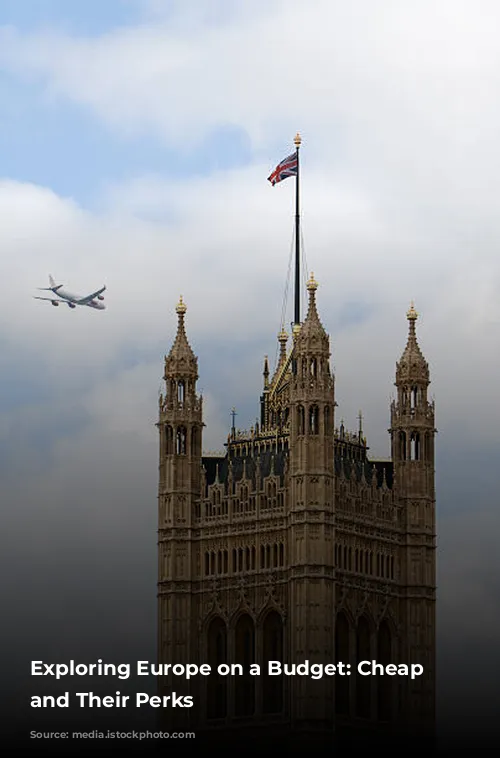
Finding the Right Airlines and Websites
Many budget airlines focus on specific hubs. When looking for cheap flights, start by checking airlines that use either your starting point or your ending point as a hub. For instance, for a trip from Budapest to Oslo, I’d look at Wizz Air (with a hub in Budapest) and Norwegian (with a hub in Oslo). Remember that some airlines might not follow this “hub-and-spoke” model, opting instead for a less predictable “point-to-point” schedule.
My go-to website for finding budget flights within Europe is Skyscanner. This user-friendly platform specializes in European budget airlines and provides a comprehensive overview of your options. Skyscanner also includes major non-budget airlines. Another excellent European option is Kiwi, which conveniently allows you to include baggage fees and compare flights to bus and train options.
Several other websites, such as the versatile Kayak, are worth exploring. Momondo, with its visually appealing interface, shows which days surrounding your scheduled dates offer the cheapest fares. You can also include nearby airports in your search results. When using any search engine, pay close attention to the airport listed for each flight.
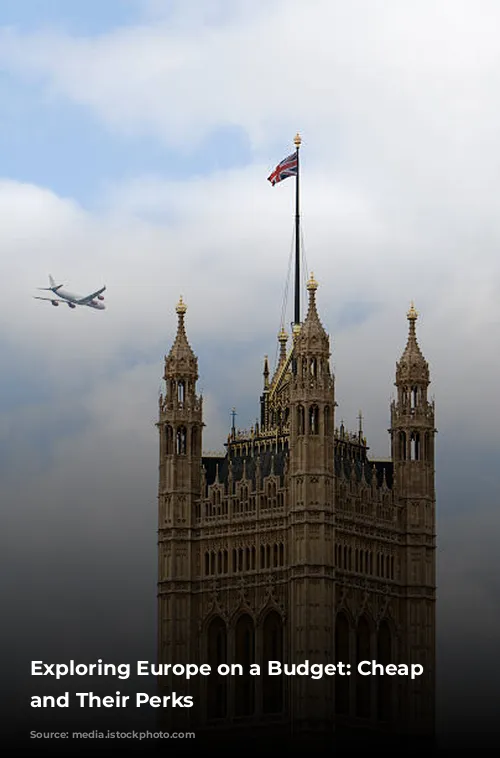
The Fine Print: Understanding Budget Airline Policies
Budget airline tickets are generally nonrefundable and nonchangeable. Many airlines only accept online bookings, making it difficult to reach a customer service representative if issues arise. Always read the fine print thoroughly before booking to understand the terms and conditions. Flights are often tightly scheduled to maximize flying time, which can exacerbate the impact of delays. Deadlines are strictly enforced: If they tell you to arrive at the check-in desk an hour before the flight, and you show up with 50 minutes to spare, you’ve missed your plane. Additionally, it’s not uncommon for budget carriers to unexpectedly go out of business or cancel low-demand routes, requiring you to scramble for an alternative.

Extra Charges: Budget Airlines’ Revenue Streams
Because budget airlines earn limited profits from ticket sales, they often look for other ways to increase revenue. You might encounter a barrage of advertisements throughout your booking process (during booking, via email after purchasing, and even on board the plane). You’ll also likely be presented with overpriced food and drinks onboard, as nothing is included in the ticket price. Moreover, be prepared for numerous fees. The initial fare you see on the website might be deceptively low— as you proceed through the purchasing process, you’ll encounter additional charges for reserving a seat, choosing a seat near the front, skipping lines, priority boarding privileges, and, of course, checking bags.
If you plan to check a bag, pay the fee when you purchase your ticket. With many budget airlines, the price per bag increases as you approach your departure date. Remember that you might have to pay extra for a second (or even a first) carry-on, checking larger or heavier bags, and checking odd-sized bags like baby equipment. Don’t assume that your bag qualifies as carry-on in Europe, as many budget airlines use smaller dimensions than other carriers. To avoid surprises, carefully review the baggage policy before booking. Remember to convert your bag’s measurements and weight from inches and pounds to centimeters and kilograms.

Unusual Airports and Unexpected Destinations
Another potential issue you might encounter is that budget airlines sometimes use less known airports. For example, one of Ryanair’s London hubs is Stansted Airport, one of the farthest airports from London’s city center. Some Ryanair flights to “Frankfurt” actually take you to Hahn, 75 miles away. You might even find yourself landing in a different (but nearby) country— for instance, a flight advertised as going to Copenhagen, Denmark, might land in Malmö, Sweden, or a flight bound for Vienna, Austria, might land in Bratislava, Slovakia. These are perfectly acceptable airports (and potentially less crowded than the main airports), but reaching your final destination might require additional time and money. However, the savings you achieve often more than compensate for these minor inconveniences.

Exploring the World of Budget Airlines
This list provides information about some of the budget airlines crisscrossing European skies, along with their main hubs. To discover more airlines, check out Skyscanner, or search online for “cheap flights” plus the cities you’re interested in flying to or from. Remember, new airlines emerge and older ones go out of business all the time.
While budget airlines might have their quirks, they offer an incredibly convenient and affordable way to explore the wonders of Europe. With a little planning and careful consideration of the potential drawbacks, you can make the most of these low-cost carriers and embark on an unforgettable journey through the continent.
